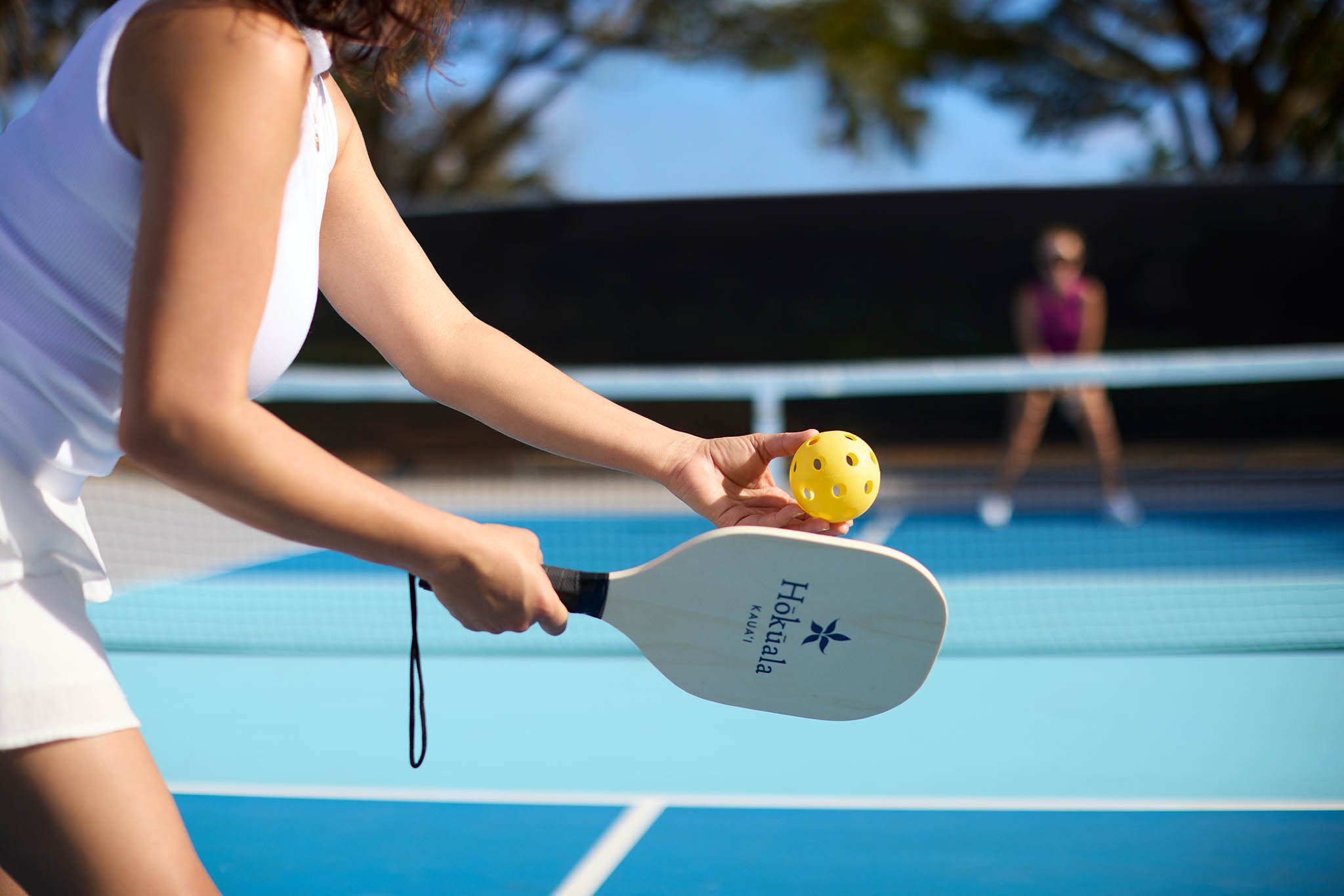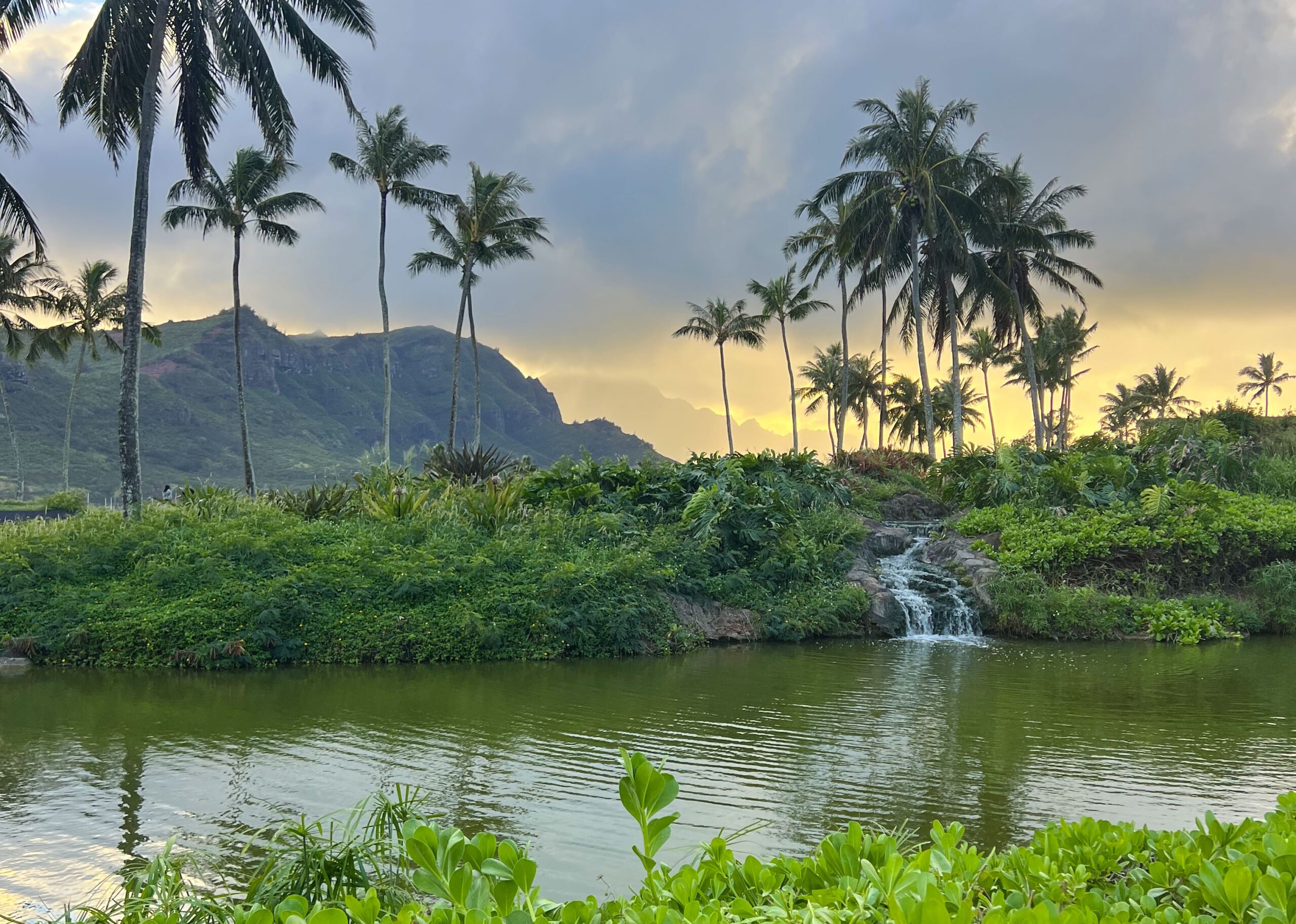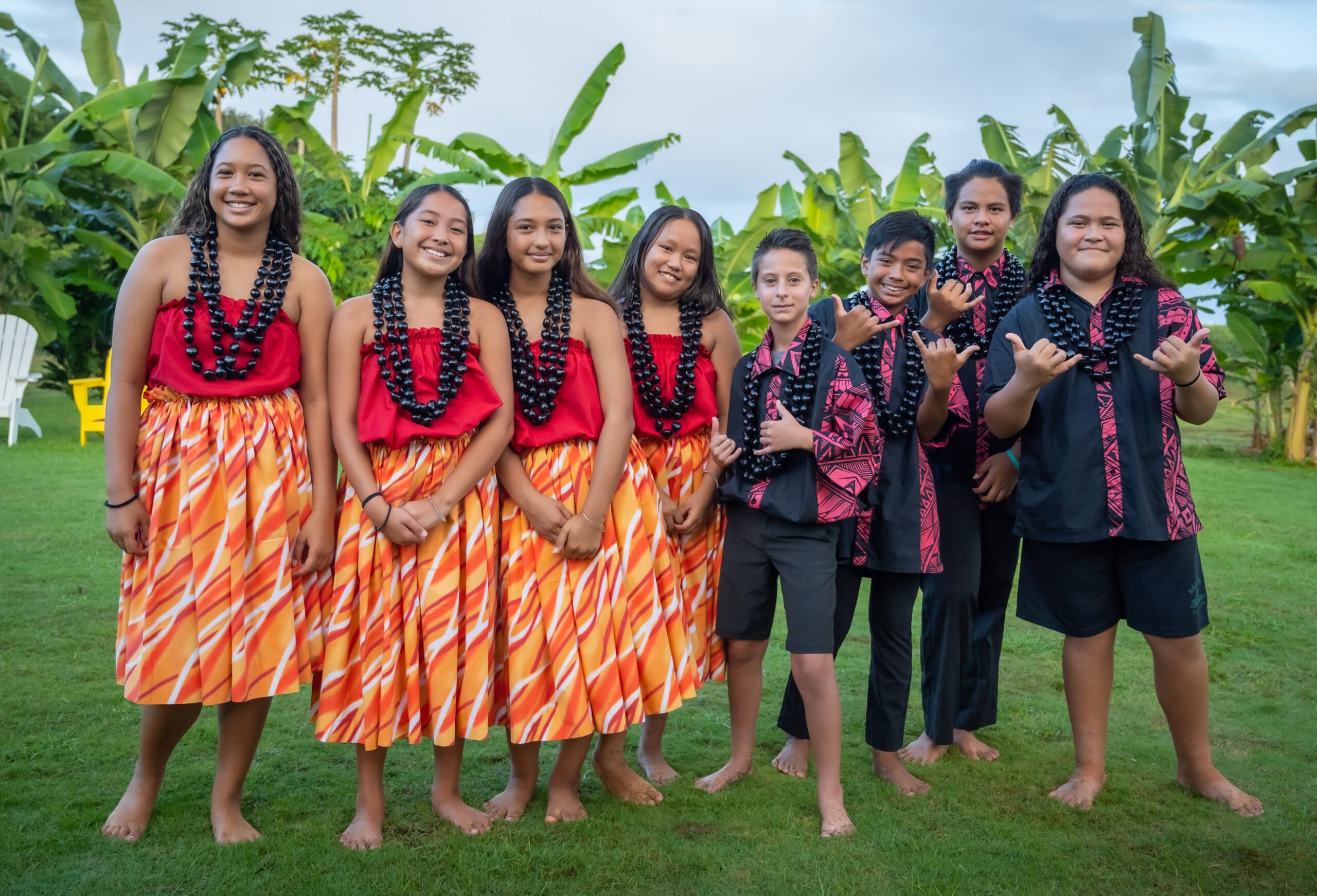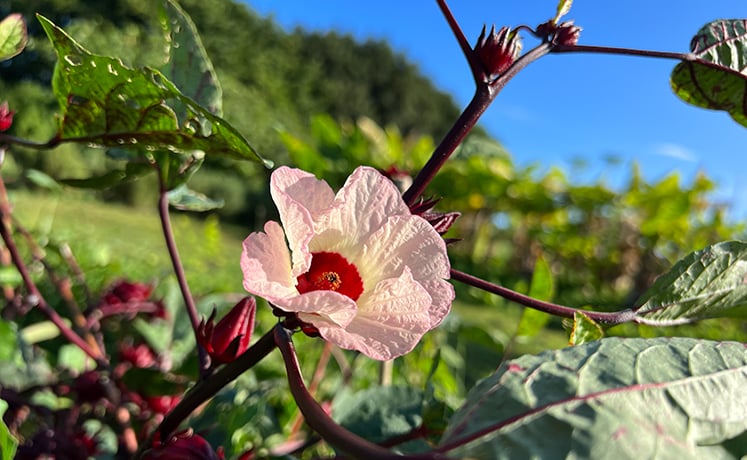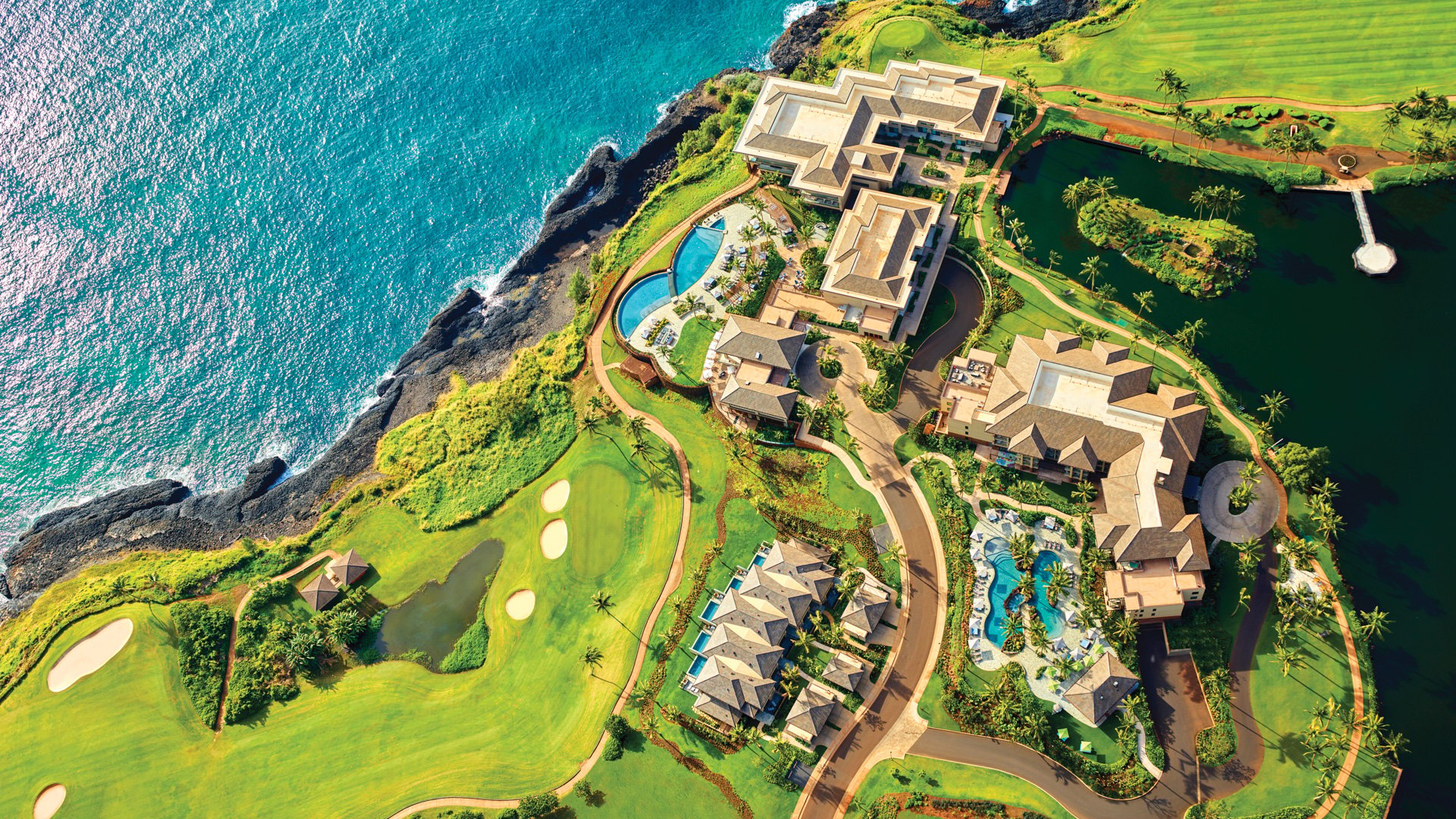History Of The Ukulele
September 23, 2021

From Elvis Presley plucking away under a bright Hawaiian moon, to Hawaii’s own Israel Kamakawiwo’ole aka Bruddah IZ singing his iconic “Somewhere Over the Rainbow,” Hawaiian music’s instrument of choice has certainly been deemed the ukulele. However, this cultural staple actually originated on a small tropical island southwest of Portugal.
ORIGINS OF THE UKULELE
Madeira, a once popular port city, was best known for its timber and furniture-making industry as well as winemaking. Local musicians would entertain travelers in the evenings with a guitar-like, four-string instrument that would later evolve into the ukulele that we know today. The instrument was called a machête or braguinha.
By the mid to late 1800s, Madeira was overcome with poverty because of a series of natural disasters which stripped the island of its resources. At the same time, the sugar industry was taking off on the Hawaiian Islands, (then the Sandwich Islands.) The colonization of Hawaii created a drastic decline in the native population, leaving sugar cane farmers desperate for laborers. As a result, Madeirans began to emigrate to Hawaii by the tens of thousands in the late 1800s, hoping to find work in similar trades on a more profitable island 12,000 miles away.
On the four-month voyage by boat, passengers passed the time by playing their native instruments. Once they reached Hawaii’s shores, the new instrument brought by Madeiran woodworkers quickly gained popularity. Legend has it that one of the passengers was musician Joao Fernandes who was so elated to reach Oahu after a long and taxing journey, that he borrowed another passenger’s instrument and began playing Portuguese music. The Hawaiians looked on, describing the musician’s fingers moving across the fingerboard like a “jumping flea,” and describing the instrument as a cross between a guitar and banjo.
Manuel Nunes, Augusto Dias, and Jose do Espirito Santo were three woodworkers from Madeira credited with possibly bringing the ukulele to Hawaii. Upon arrival, the three went to work on sugar plantations across the Hawaiian islands. Once they’d fulfilled their contractual work in sugar cane, they relocated to Honolulu with the hopes of returning to woodworking. Initially, Nunes and Santo worked at Hawaii’s largest furniture store, the Pioneer Furniture House, while Dias set up his own small woodworking shop where he built furniture and instruments. He advertised as a “maker of guitars, machêtes, and all stringed instruments.” Soon after, Nunes opened his own shop as well, announcing his business as a “cabinetmaker’s shop of stringed instruments, guitars and machêtes.” Santo followed, opening up shop down the road from Nunes. The legacy of these three immigrants is alive and well in Hawaiian culture, as they passed along their instrument-building skills to other craftsmen who continued to fine-tune the art of the ukulele.
THE HAWAIIAN UKULELE
The first official naming of the ukulele came 10 years after the Madeirians’ arrival, so it is hard to say who actually built the ukulele we know and love today. The first ukulele was likely a mix of a machête and another small Portuguese instrument, the five-string rajão. Machétes and rajãos were typically built with lighter woods, while ukuleles were made entirely from native koa wood, adapting to Hawaiian culture, alongside its creators.
The name ukulele roughly translates in Hawaiian as “jumping flea,” referencing the appearance of jumping fingers as musicians play the ukulele. Ukulele player and teacher Ernest Kaai once said, “Hawaiians have a way of playing all over the strings…hence the name ukulele.”
So, how did the ukulele become so ingrained in Hawaiian culture? In the late 1800s, Hawaiian tradition and culture was crumbling in the face of growing missionaries and European influences. King Kalakaua (1836-1891) made it a priority to nurture existing Hawaiian cultural practices and adopt new traditions. He is credited with using the ukulele to help revive the ancient art of the hula. By changing the tempo, and integrating the ukulele, King Kalakaua created contemporary Hawaiian music for hula ‘auana (modern hula).
King Kalakaua, Queen Emma, and the future queen Lili’uokalani were all avid fans of the arts, composers, and musicians. They featured the ukulele at royal events and integrated it into the culture. The popularity of the ukulele among the royals inspired Hawaiians to also pick up the instrument themselves. Fun fact: Lili’uokalani actually composed “Aloha Oe,” one of Hawaii’s most cherished and recognizable songs. King Kalakaua was nicknamed the “The Merrie Monarch,” as he enjoyed playing the ukulele for friends and family and encouraged native musicians to do the same. Augusto Dias had a close relationship with King Kalakaua due to his appearances as a regular performer at the Iolani Palace.
In the early 1900s, Hawaii became more of a tourist destination. Aloha music started to reach the mainland, and in 1915 the Hawaiian Legislature funded the building of a “Hawaiian Pavilion” for the Panama-Pacific International Exposition in San Francisco, featuring Hawaiian music and the hula. Ukuleles continued to gain notoriety as they were featured heavily in movies and became more affordable and accessible with the introduction of the more durable plastic model.
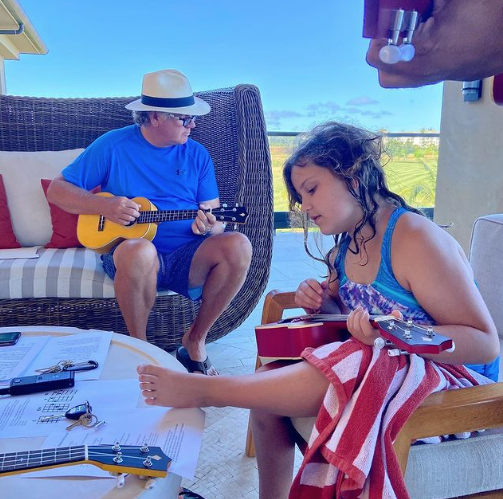
TODAY’S UKULELE
Today, the ukulele is a symbol of aloha, friendship, and storytelling – all essential pillars in Hawaiian culture. It represents a love of the aina (land,) and a respect for native Hawaiians’ struggle to maintain their culture and independence in the face of adversity. Now, there are free annual ukulele festivals on Oahu, the Big Island of Hawaii, Kaua‘i and Maui via Ukulele Festival Hawaii, in an effort to “bring laughter, love and hope to children and adults throughout Hawaii and the world through the music of the ukulele.” Enjoying Timbers Kaua‘i? Check out one of Kauai’s local ukulele shops for a lesson or to talk story!
SOUTH SIDE: Kalaheo Strings – Kalaheo
EAST SIDE: Kamoa Kaua’i – Kapa’a
CENTRAL: Scotty’s Music – Lihue
NORTH SHORE: Hanalei Strings – Hanalei
Timbers Kaua‘i offers a variety of Hawaiian cultural workshops and tours for our Owners and guests. Take lessons from our very own Ukulele Class Master Kaui or even take a tour of the Farm at Hokuala to learn more about traditional Hawaiian canoe plants and conservation of the land.


